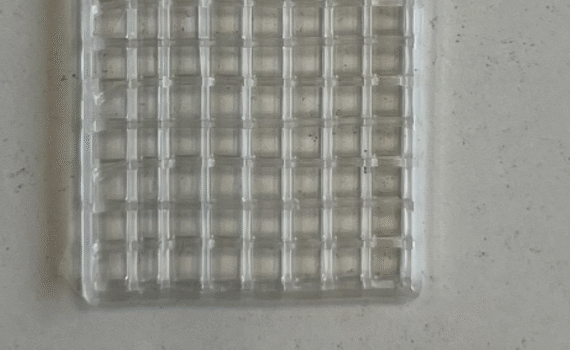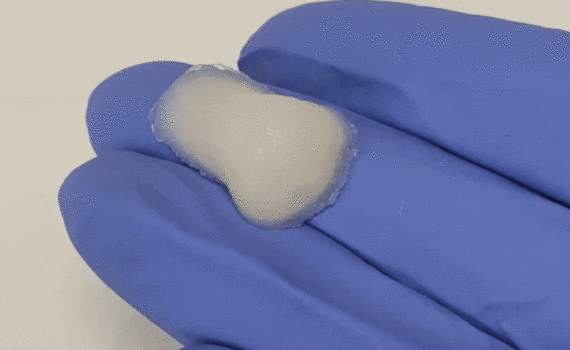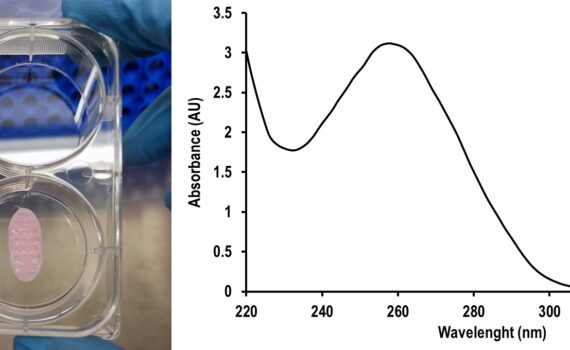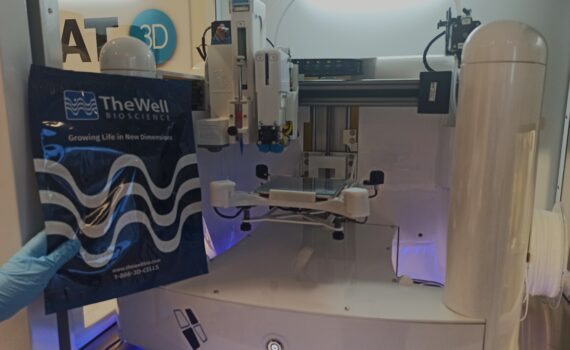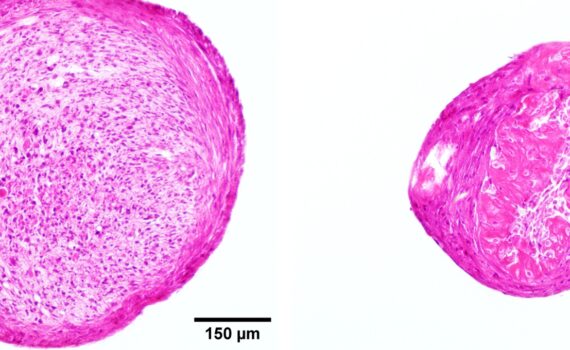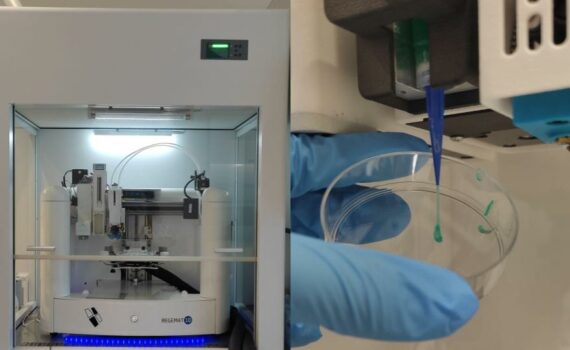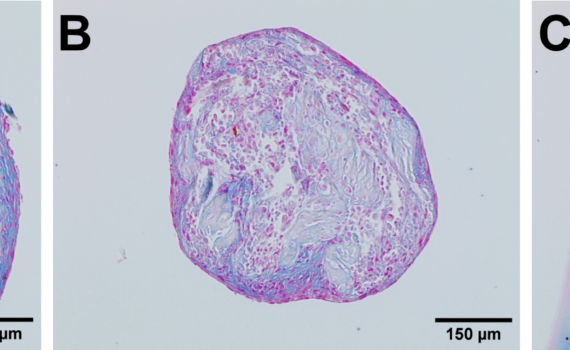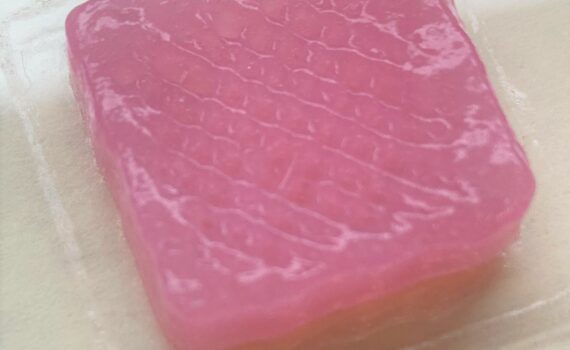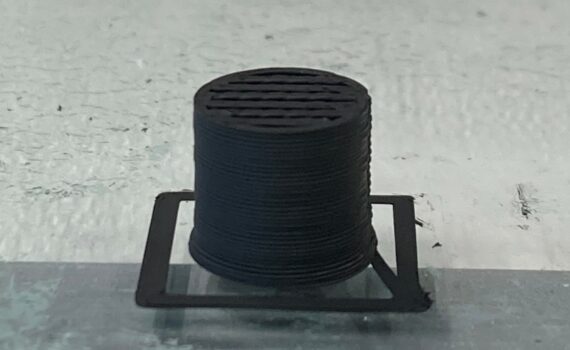+10 Polylactic acid (PLA) and polycaprolactone (PCL) are two of the most widely used materials in tissue engineering, due to their properties. PLA is known for its high rigidity, mechanical strength and biocompatibility, while PCL is valued for its flexibility, longer degradation time and excellent thermal processability. However, the use […]
Biomaterials
+10 For info please contact Sara Román <lab4@regemat3d.com> PLA (polylactic acid) filaments enriched with hydroxyapatite exhibit ideal attributes for 3D printing bioactive scaffolds with applications in tissue engineering and bone regeneration. Hydroxyapatite, a key component of human bone tissue, imparts osteoconductive properties and enhances the biocompatibility of the scaffolds, […]
+30 INTRODUCTION Chitosan (CS) is a naturally derived semicrystalline polymer that is obtained by partial deacetylation of chitin under alkaline conditions [1]. It is one of the most widely used materials to prepare hydrogels due to its excellent biocompatibility, nontoxicity, and biodegradability [2]. Furthermore, it dissolves in dilute acids through […]
00 INTRODUCTION Tissue engineering aims for assembling functional constructs that restore, maintain, or improve damaged tissues or whole organs. In the quest for the optimal tissue-engineered solution per specific application, the employment of gene expression analysis techniques is commonly desired. A pre-requisite for gene expression analysis is the isolation of […]
+10 INTRODUCTION Synthetic hydrogels are chemically defined animal component and pathogen-free hydrogels with tailored biological, mechanical and rheological properties for 3D bioprinting. Their synthetic origin avoid batch to batch variations, giving users the confidence to achieve reliable and consistent results with potential for clinical translation. Amongst the different options in […]
+10 INTRODUCTION Hematoxylin-Eosin stain (H&E stain) is one of the main tissue stains used in histology. It is the most widely used stain in medical diagnosis and is often the gold standard in histopathology. H&E is the combination of two histological stains: hematoxylin and eosin. Nuclei stained with hematoxylin display […]
00 INTRODUCTION Working in sterile conditions is key for culturing our scaffolds in aseptic conditions and avoiding contamination. In a 3D Bioprinting protocol we have many sources of contamination, the biomaterial, the cells itself or the 3D bioprinting protocol. The scaffolds with or without cells have the same requirements in […]
+30 INTRODUCTION Hydrogels are at the forefront of 3D bioprinting and tissue engineering. However, the wide variety of choices available, and the diverse physicochemical nature of the biomaterials comprising the hydrogels, complicate the selection of the most adequate formulation for each specific application. The purpose of this method is to […]
+20 INTRODUCTION Collagen is the most abundant structural protein in the extracellular matrix (ECM), accounting for 30% of the total body protein content in humans. Amongst the 28 types of collagen that have been already identified, collagen type I is the most abundant by far, playing its most prominent functional […]
+20 Introduction Electrically conductive thermoplastic elastomers hold idyllic attributes for the 3D printing of flexible and electroconductive scaffolds with applications in electronics, electromagnetics and computer industries. Beyond these applications, they have a tremendous potential in the biomedical sector. Due to their enhanced biocompatibility, they can be used as biosensors and […]

